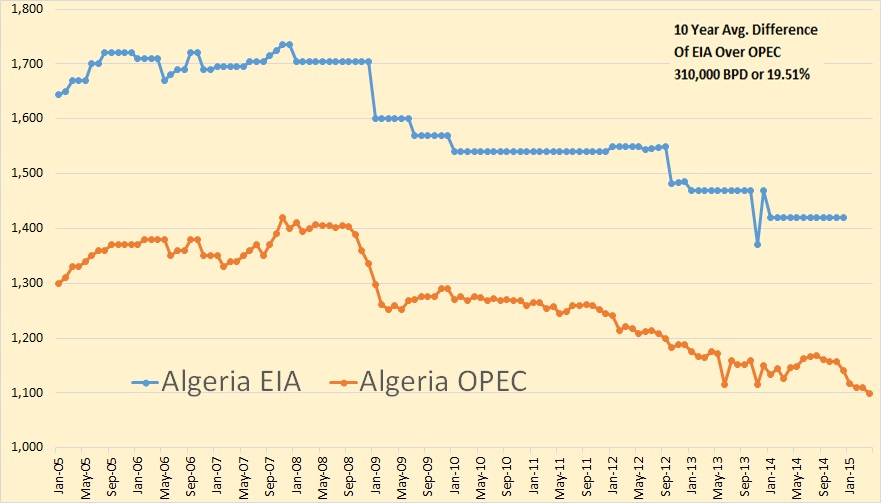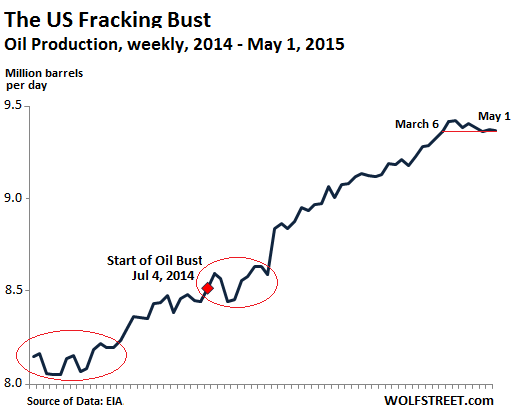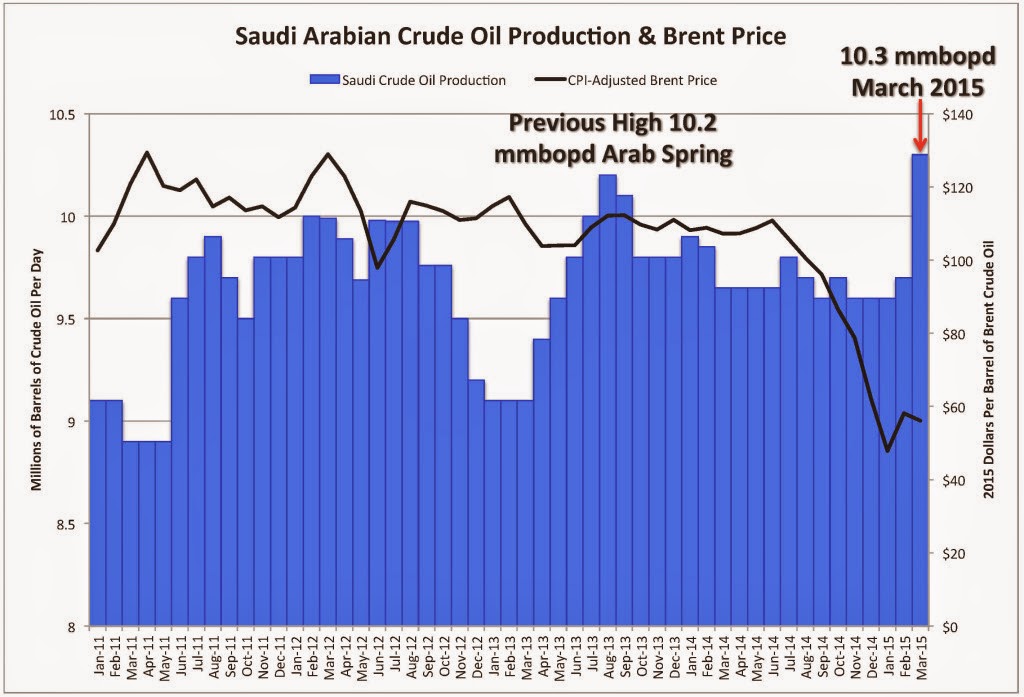International Energy Agency predicts oversupply of refined fuel, but points to rising demand
Fresh data on worldwide crude production shows the global glut of oil is growing with Saudi Arabia’s production near record highs, according to the International Energy Agency.
And there are signs the oversupply is moving into the market for refined products such as gasoline, meaning the recent rally in oil prices could lose steam, the IEA said in a report released today.
OPEC crude supply rose by 160,000 barrels a day to 31.21 million barrels a day in April, the highest since September 2012. Iraq and Iran boosted their output and top exporter Saudi Arabia was increasing its rig count.
There has been a slowdown in U.S. production, but global oil supply is still exceeding demand by two million barrels a day.
Many in the North American oilpatch have accused the Saudis of keeping output high to drive down U.S. production.
On the up side, there has been recovery in demand for crude as the U.S. and European economies gain steam. Demand for crude this year is projected to grow to as high as 1.1 million barrels a day, with the big surge expected later in the year.
U.S. data released today shows commercial crude inventories fell by 2.19 million barrels in the week ended May 8, the second week that inventories have fallen after rising for months.
WTI slips to $60
The new data on the worldwide oil glut hit oil prices in afternoon trading. West Texas Intermediate crude was down 62 cents to $60.13 US a barrel at the close, while Brent oil, the international crude contract, was off 34 cents at $66.52.
Meanwhile, Western Canada Select, the main Canadian contract continued to close the gap with WTI, moving close to its high for the year of $52.50.
Refiners have been buying more crude to take advantage of the low prices and are refining oil for summer driving earlier than usual. The signs of an uptick in oil prices helped accelerate their purchase of crude.
There are plenty of players who predict a fresh downturn in WTI prices as U.S. producers see the higher prices and turn the taps on again.















